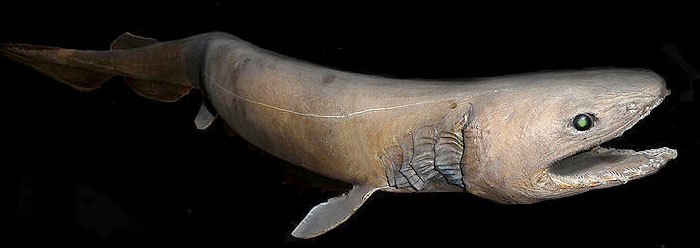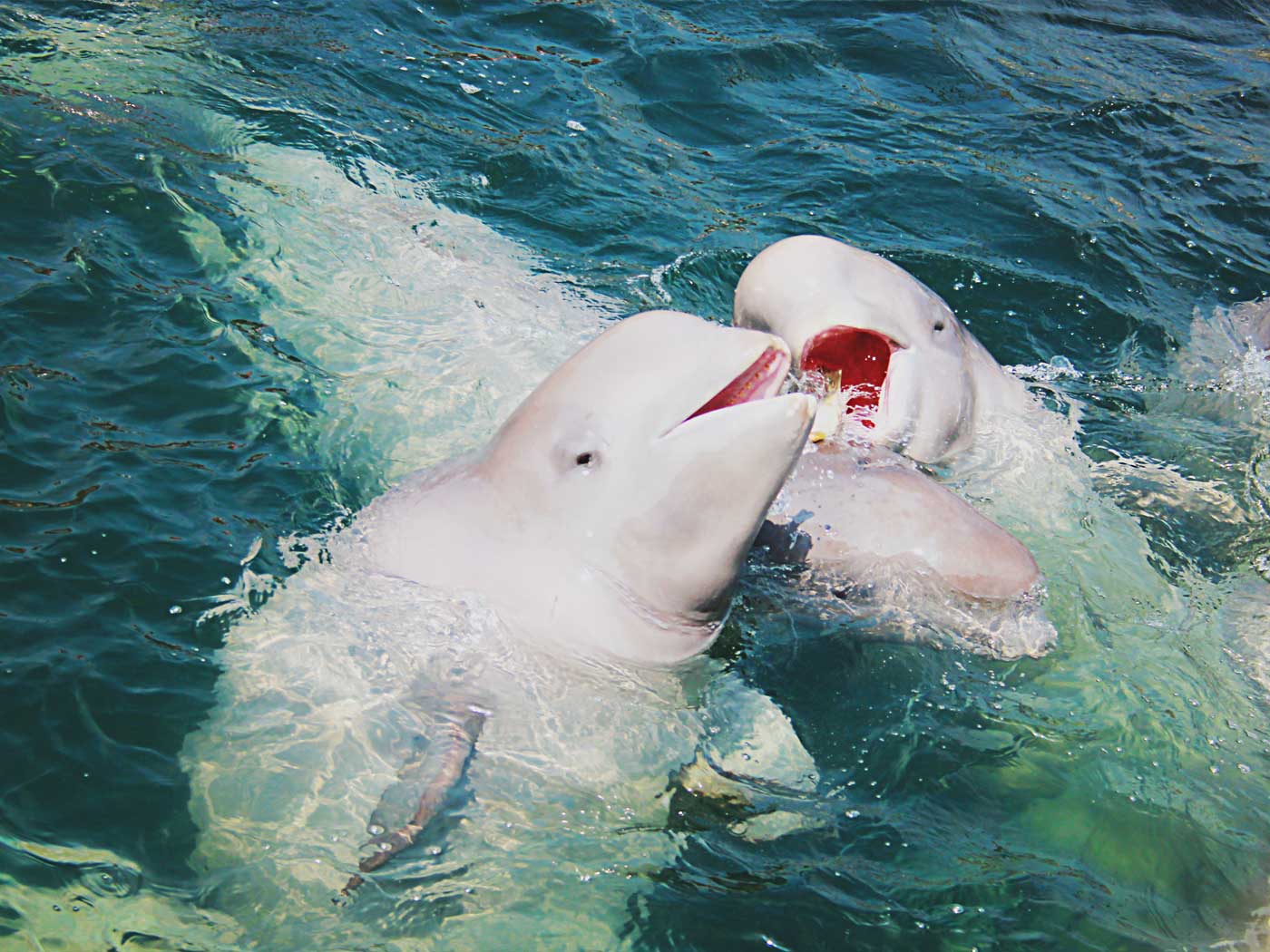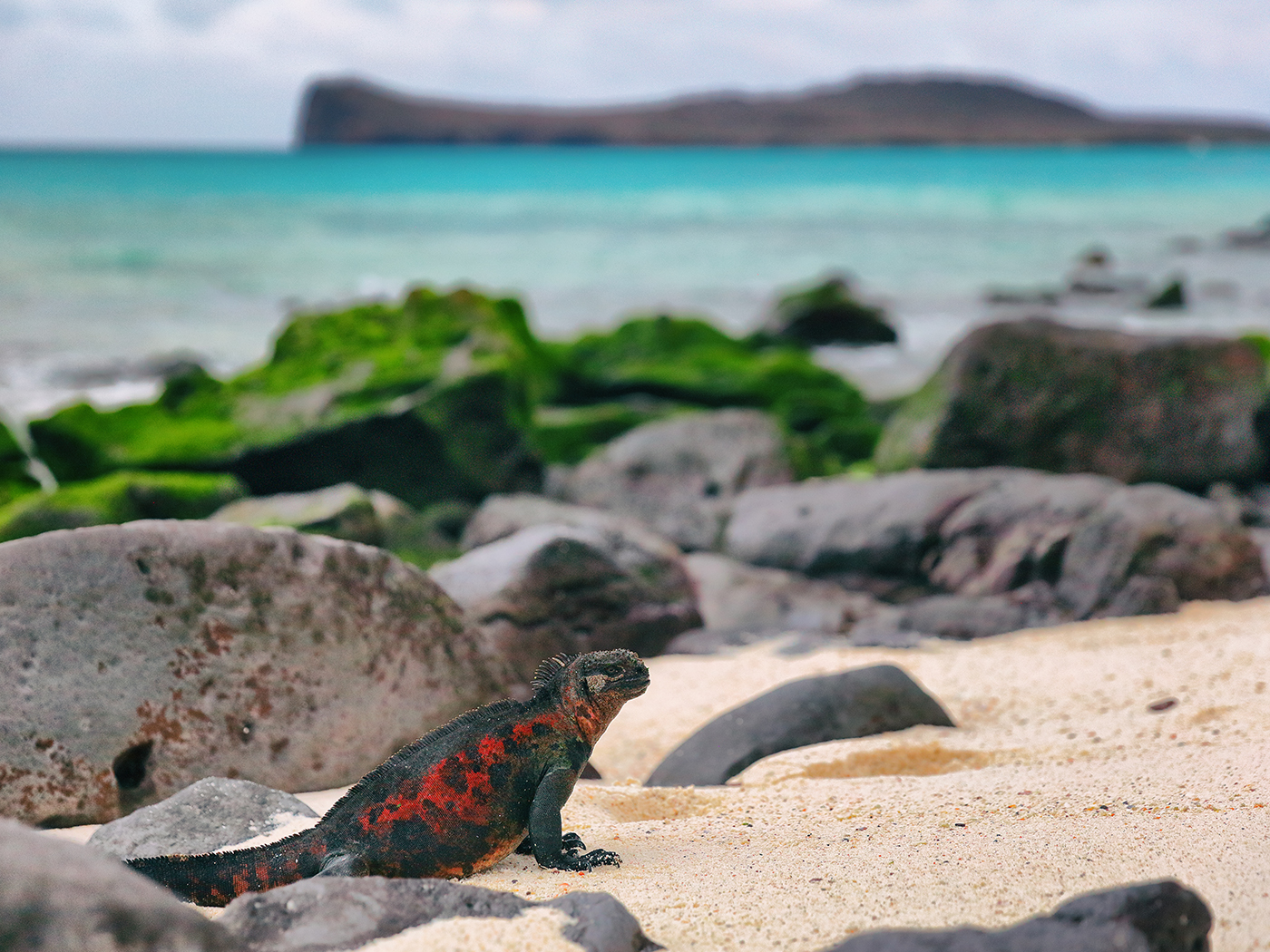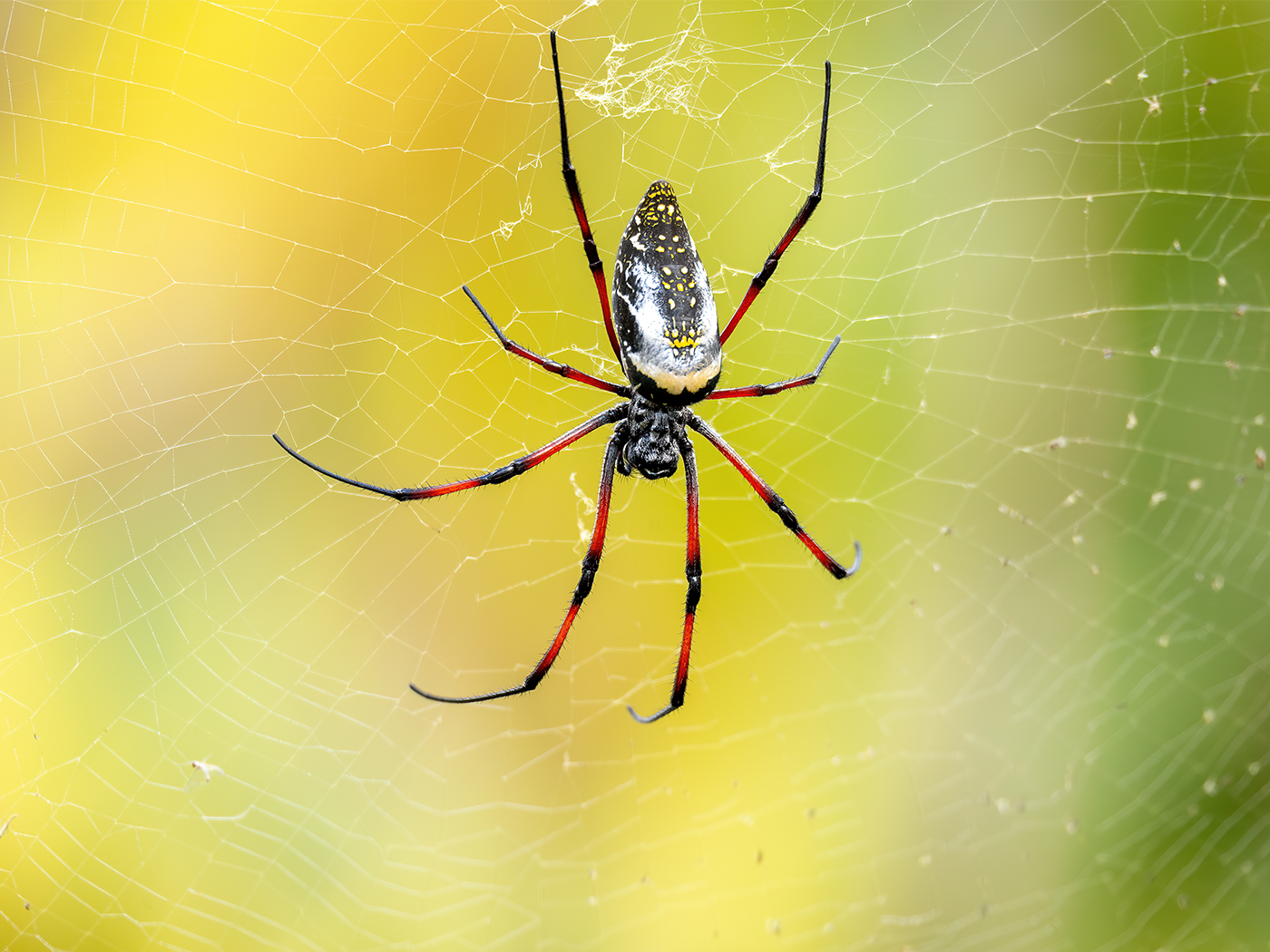On January 21, 2015 the news broke—an Australian fisherman hooked a "living fossil." Called the frilled (or frill) shark (genus Chlamydoselachus, belonging to Order Hexanchiformes), this creature was thought to be 80 million years old.1 It looks mighty frightening, but is it truly "prehistoric" and somehow linked to shark evolution?
In 1884, American taxonomist S.W. Garman described the supposedly extinct unique frilled shark. It has hundreds of needle-sharp teeth unlike those of any other living shark, an enlarged mouth, and an eel-like body. Like other hexanchids, Chlamydoselachus has a single dorsal fin and a long caudal (tail) fin. One fossil of Notidanoides muensteri dates from the late Jurassic, supposedly 150 million years ago. Today, there are five extant (living) species of hexanchiforms, including the deep-water cow shark.
But the frilled shark is clearly not an evolutionary transition. Hexanchiforms are 100 percent sharks—not missing links. Evolutionist Barbara Stahl lists them with modern sharks.2
A 2020 edition of a zoology dictionary makes no mention of the frilled shark being a missing link or an evolutionary transition.3 A 2011 dictionary of biology edited by Eleanor Lawrence does not even mention it.4 Michael Benton's latest edition of Vertebrate Paleontology does not list Chlamydoselachus.5
Virtually all the proposed "transitional sharks" are easily recognized as sharks, showing only that a wide variety of sharks and other cartilaginous fishes existed in the past, just as they do today.6,7 There is undoubted variation within the shark kind, as is expected on the basis of creation, but none of the supposed transitions suggest that cartilaginous fish evolved from or into any other major group. Like all sharks, the frilled shark has always been a shark.
References
- 'Like a Horror Movie': Rare frilled shark caught off Australia. Fox News. Posted on foxnews.com on January 21, 2015, accessed January 26, 2015. [
- Stahl, B. 1985. Vertebrate History. New York: Dover Publications, Inc., 186.
- Allaby, M. 2020. Oxford Dictionary of Zoology. UK: Oxford University Press, 126.
- Lawrence, E. 2011. Henderson's Dictionary of Biology. San Francisco: Pearson Publishers-Benjamin Cummings.
- Benton, M. 2015. Vertebrate Paleontology. Malden, MA: Wiley Blackwell.
- Thomas, B. Newly Named Fish an Evolutionary Enigma. Creation Science Update. Posted on icr.org October 6, 2014, accessed January 13, 2015.
- Sherwin, F. and B. Thomas. 2012. Hybrid Sharks and Evolutionary Storytelling. Acts & Facts. 41 (3): 16-17.
Image credit: Copyright © 2010 Citron / CC-BY-SA-3.0. Adapted for use in accordance with federal copyright (fair use doctrine) law. Usage by ICR does not imply endorsement of copyright holders.
* Mr. Sherwin is Research Associate, Senior Lecturer, and Science Writer at the Institute for Creation Research.
Article posted on February 2, 2015.
























